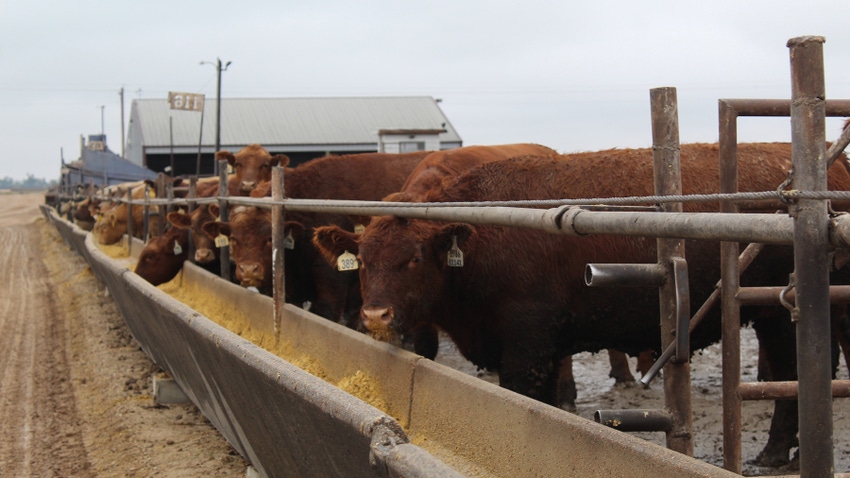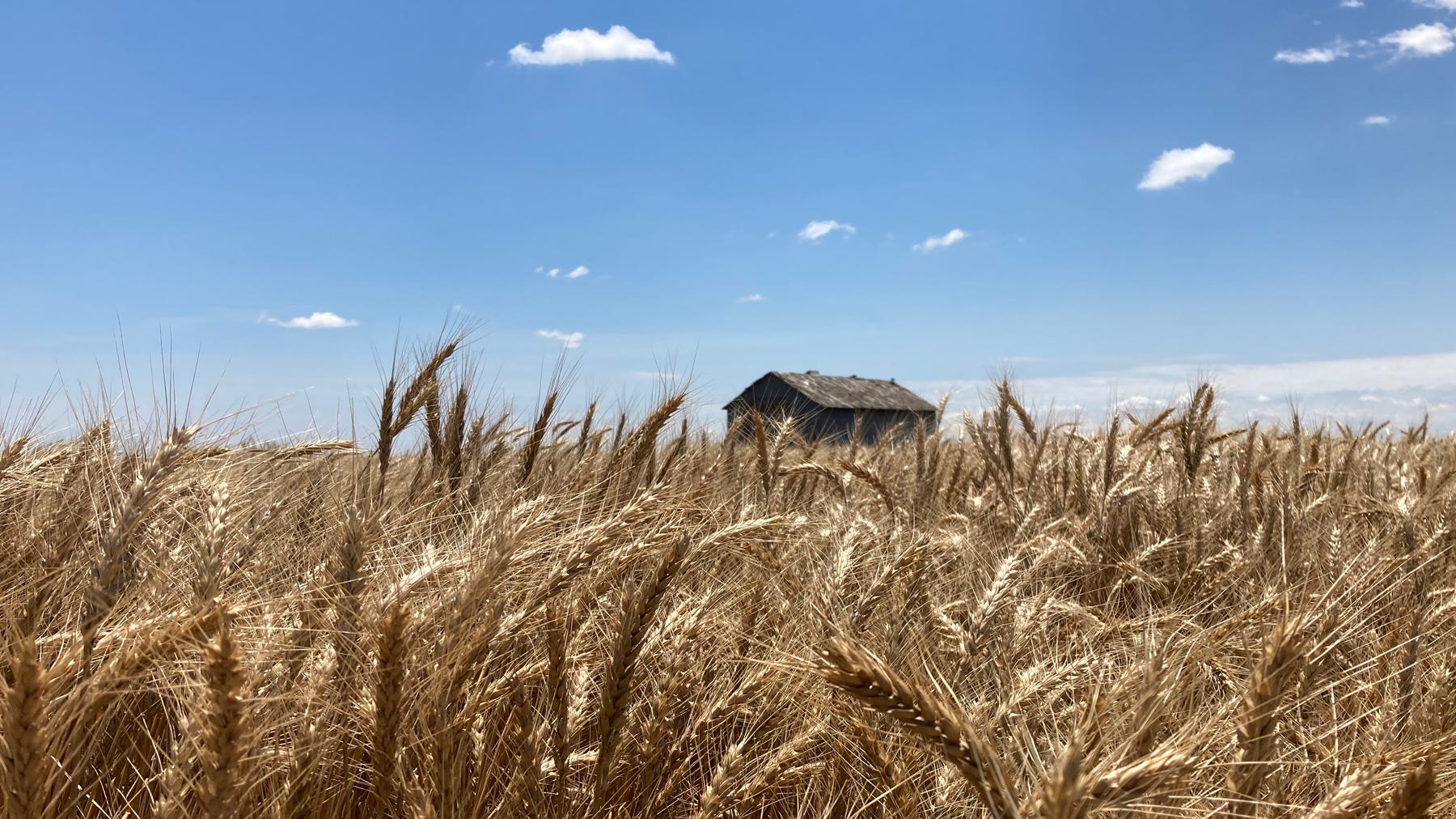
USDA released the results of the 2022 Census of Agriculture in February, featuring insights into Kansas agriculture that will be used by the public and private sectors over the next five years.
The Census of Agriculture has been conducted every five years since 1840. Farmers, as defined by Congress, complete questionnaires that gather data points such as farm size, farmer demographic, crops and livestock production, and value data, among others.
According to USDA, the 2022 census collected more than 6 million data points about U.S. farms and ranches and the people who operate them down to the county level.
“This comprehensive snapshot every five years helps data users to see trends and shifts in the industry over time and helps producers do business,” said Hubert Hamer, National Agricultural Statistics Service administrator in a press release. “Overall, though, there are always changes across U.S. agriculture. The data remain largely consistent with the previous ag census. Data users will also notice some new data on the topics of hemp, precision agriculture and internet access.”
Farmland trends
Doug Bounds is the USDA state statistician for Kansas. He spoke about the census on K-State’s “Agriculture Today” program. He shared some of the trends that stood out to him about the state of Kansas’s farms and ranches.
One key metric that public and private sectors are interested in is just how many farms there are today. Congress has defined a farm to be “any place that produced and sold — or normally would have produced and sold — at least $1,000 of agricultural products during a given year.”
According to the census, Kansas counted 55,734 farms in 2022, a 5% decrease from the number of farms reported in the 2017 census, Bounds said. And when you look at how 2022 compares with the 2002 Census of Agriculture, Bounds said, the decrease is 13.5%.
It’s a trend that is reflected nationwide, with the total of all U.S. farms at about 1.9 million, down from 2.04 million in the 2017 Ag Census. “But farm size is increasing,” he said. “The average Kansas farm size is up from 781 acres in 2017 to 804 acres in 2022.”
Nationwide, the average farm size has increased as well, to 463 acres in 2022 compared with 441 acres in 2017.
Rise of larger farm
The ag census breaks down farms into about seven different categories according to their size, Bounds said. And according to the 2022 responses, there were about 2,500 farms in Kansas that landed in the smallest category of 1 to 9 acres.
On the other end of the scale, farms of 2,000 acres or more accounted for a little more than 6,000 in the state, or about 11% of the total farms in Kansas. Bounds said that larger farm category also accounted for about 64% of the agricultural land in Kansas.
There were 16,000 farms in the category of 50 to 179 acres, or 29% of all Kansas farms in the state, and yet they only operate on about 4% of the land, Bounds said.
The ag census also shows that 29% of Kansas farms contribute less than 0.5% of all agricultural sales in the state, Bounds said. Meanwhile, about 0.6% of all Kansas farms in the state sell $5 million or more in agricultural production, which is about 55% of all the agricultural sales in the state.
When you look at the economic impact that’s reported in the census, it’s easy to see how agriculture is a major driver in the state, with a total market value of $24 billion in 2022.
And, in particular, livestock agriculture is key. Western Kansas feedlots and dairies, according to Bounds, produce two-thirds of all agricultural sales in the state. Haskell County in western Kansas topped the state, bringing in $1.6 billion in agricultural production in 2022, he said.
Scott, Gray, Finney and Grant counties — all in western Kansas and all with heavy animal production — were the next four on the list, he said.
“Cattle is king in Kansas,” Bounds said. Kansas is second in the nation in beef cattle production, which contributed $13.6 billion in agricultural production sold in Kansas in 2022.
Coming in second in ag sales in the state across all commodities? Corn, with a value of $3.4 billion sold in 2022.
For another year, Kansas is the top state in the nation in winter wheat production, and when you account for all wheat classes, Kansas is second, Bounds said.
Kansas also continues to be the No. 1 state in the nation in sorghum production — in number of farms growing sorghum, the acres planted to sorghum and the value of sorghum produced.
Average age of farmer
The census reports that the average age of a Kansas farmer is up slightly to 58.2 years. In 2017, the average age was 58.1.
Young producers — those aged 35 and younger and those classified as “new and beginning farmers” — are two separate classifications, but they have some overlap, Bounds explained.
There were 9,700 young farmers reported in the state, which is 9.6% of all Kansas farmers. Further, that group, Bounds said, is operating larger farms than the typical producer, of about 916 acres. He attributed that to the older generation passing farms on to the next.
The new and beginning farmers, those operating a farm or ranch for 10 years or fewer, were about 28% of all Kansas farmers, and their average age was about 48.6 years. That is likely farmers who had a career elsewhere and have turned to farming, Bounds said.
You can listen to the whole conversation at Agriculture Today.

WHEAT STATE: Kansas is once again the top state in the nation in winter wheat production.
Ag census: How nation measures up
According to USDA, the 2022 Agricultural Census had some interesting insights at the national level. It’s important to note that the Ag Census was conducted in the aftermath of the COVID-19 pandemic, with its supply chain challenges and added government payments.
The census found these statistics:
Economic impact. U.S. farms and ranches produced $543 billion in agricultural products, up from $389 billion in 2017. With farm production expenses of $424 billion, U.S. farms had net cash income of $152 billion. Average farm income rose to $79,790. A total of 43% of farms had positive net cash farm income in 2022.
Internet access. Farms with internet access continued to rise from 75% in 2017 to 79% in 2022.
Use of renewable energy. A total of 153,101 farms and ranches used renewable energy-producing systems compared with 133,176 farms in 2017, a 15% increase. The majority of farms (76%) with renewable energy systems reported using solar panels.
Sales of farms. In 2022, 116,617 farms sold directly to consumers, with sales of $3.3 billion. The value of sales increased 16% from 2017.
Sales of goods. Almost three-fourths of all farms reported sales of $50,000 or less. Overall, 105,384 farms reported $1 million or more in sales and sold more than three-fourths of all agricultural products.
Top commodities. Almost three-fourths of farmland was used by farms specializing in two commodity categories: oilseed and grain production (32%) and beef cattle production (40%).
Gender breakdown. In 2022, 1.2 million female producers were counted in the ag census, or 36% of all farmers. And 58% of all farms had at least one female decision-maker.
About the Author(s)
You May Also Like






